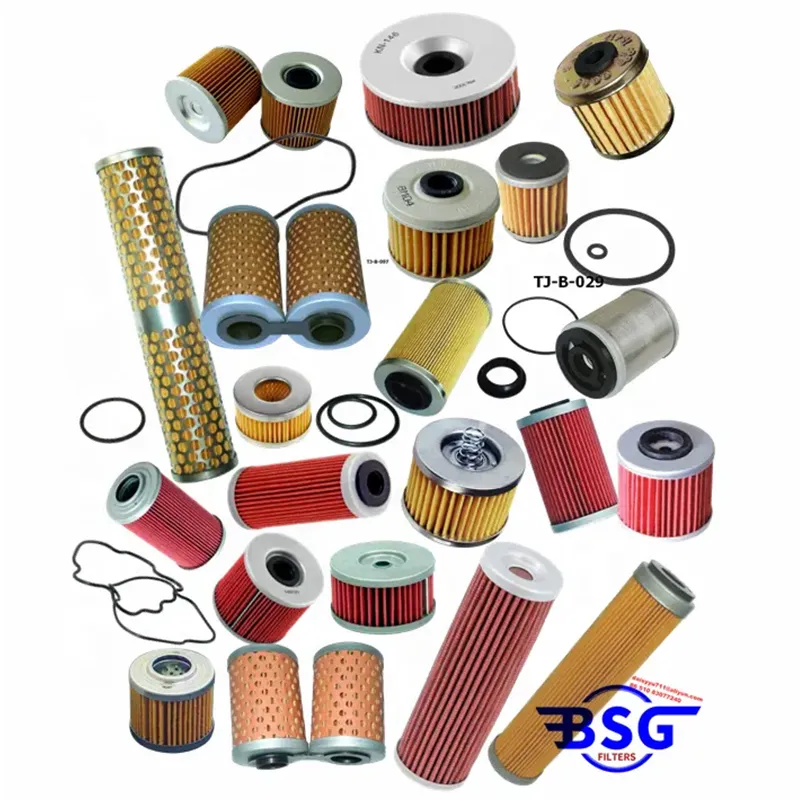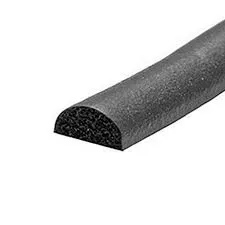The cost of installing solar panels can vary significantly based on several factors, including the size of the system, the type of solar panels, installation complexity, and local labor costs. As of 2023, the average cost of solar panel installations in the United States ranges from $15,000 to $30,000 before any tax credits or incentives. For a two-bedroom house, a typical solar panel system might be around 5 to 7 kilowatts (kW), which can cost between $15,000 and $25,000 depending on quality and installation specifics.
 Home
Home











